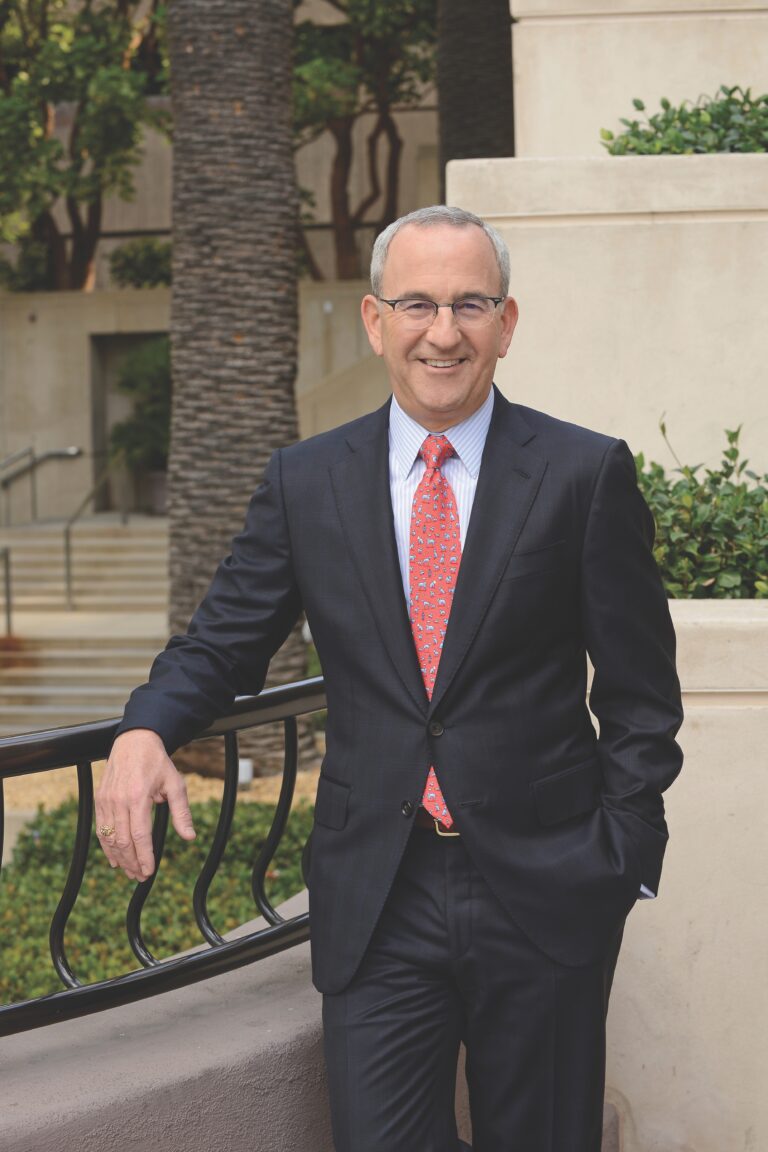
The global financial forecasts for this year may be murky, but investment banks say the weather’s warm and the skies are clear for dealmaking in middle market-heavy Los Angeles.
Cities with the highest concentrations of Fortune 500 companies are facing the roughest edges of the impending recession, according to Lloyd Greif, president and chief executive of the downtown investment bank Greif & Co. Los Angeles, on the other hand, is somewhat paradoxically poised to benefit from local and state policies that pushed those companies out of the state.
“The tax environment of the state of California has chased away all of those major companies and fast-growing businesses, and what was left was the middle market,” said Greif, noting that Los Angeles is home to only five Fortune 500 companies. It ranks behind not just Fortune 500 leading cities like New York and Chicago, but smaller hub cities such as Denver and Dallas.
Missing out on the business and opportunities that come with those companies has its obvious downsides, but Greif said staying out of the global “big company” spotlight has its advantages, too, particularly during periods of financial famine.
“Having been in the financial services industry in Los Angeles for over four decades, I’ve ridden through multiple recessions and seen both the good times and the bad times. In my experience, the bad times are typically fleeting, while the good times last a lot longer,” said Greif. “There are a few problems working their way through the industry, but I wouldn’t say the sky is falling. Middle market companies tend to be fleeter of foot and, depending upon the industry, are more recession resistant.”
That’s owed not just to the city’s middle-market leadership status, but also the diversity of industries throughout Southern California, Greif said. He contrasted it with finance-stacked New York and tech-reliant San Francisco, which win or lose based on the strength of their industries.
“When tech is in favor, everything is great. If not, look out below,” said Greif. “If tech is out of favor here in Los Angeles, the beat goes on, because we have entertainment and media companies, we have industrial manufacturing and distribution, health care, aerospace, automotive, electronic games—you name it, we’ve got it. There are so many different industry verticals here that I think make L.A. a more stable, well-rounded economy.”
Greif said he expects a “flight to quality” over the course of the year, which will be a boon not only for those top-tier companies but the M&A market generally, as their less-viable competitors come to the table for lower-priced deals they would not have considered during the frothy highs of the 2021 market.
“A couple of years ago, companies could get deals done with scant evidence that their business model was viable. That’s all well and good until the well runs dry, which it always does. Now those are going to be distressed deals, because they’re losing money and need continuous access to capital to keep the lights on,” Greif said.
That likely will translate to a higher rate of bankruptcies and a higher rate of defaults on bank debt, Greif said, especially as lenders are tightening their lending standards and interest rates are climbing.
“For example, you can borrow only half the amount you could have obtained from the same bank a year ago, and it takes far longer to get the deal done — months instead of weeks. Both investors and lenders are much more cautious today, anxiously waiting to see when the next shoe will drop,” said Greif.
“So, there’s a premium on growth companies that are solidly profitable today, which, frankly, is a return to sanity in the capital markets. It’s not all ‘up, up and away’ forever; the financial market is cyclical and far from immune from macroeconomic forces.”
David M. Grinberg, a partner at Sidley Austin LLP’s Century City office and a member of its mergers and acquisition practice, said he also anticipated an uptick in bankruptcies in Los Angeles and beyond – though he noted that’s more of a testament to how well these companies have held up until now.
“I think most people thought there would have been a lot more bankruptcies and restructuring deals, and anecdotally speaking that doesn’t appear to be the case. That could mean there’s a lot of M&A opportunity for distressed assets that people don’t want to put into a more formal restructuring,” said Grinberg. “It’s something to look out for.”
